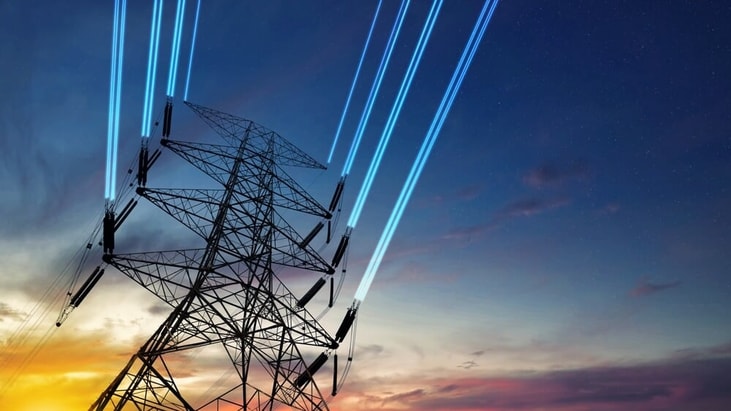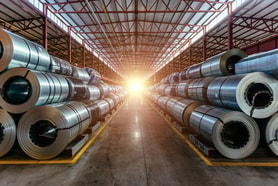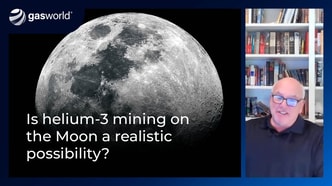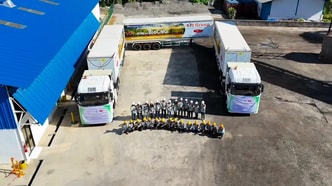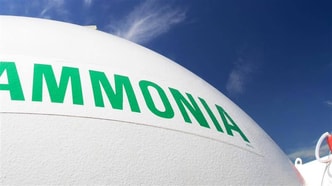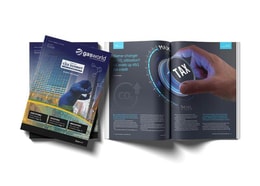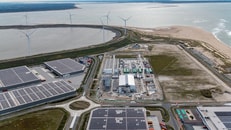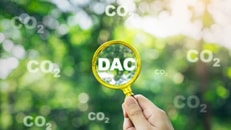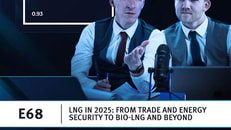Supercritical CO2 milestone ‘could transform power generation’
The Southwest Research Institute (SwRI), based in the US state of Texas, has recorded the highest temperature and pressure conditions ever reached in materials testing for supercritical carbon dioxide (sCO2) – a state of carbon dioxide that behaves like both a gas and a liquid.
It is a breakthrough that could advance the potential for more efficient and scalable power generation using sCO2, which is a technology that harnesses the unique properties of CO2 in a supercritical state to improve energy transfer.
While conducting material testing for a high-pressure, high-temperature sCO2 turbine, SwRI achieved conditions of 1,150°C at 300-bar. Before this, the highest recorded pressure and temperature for sCO2 was 800°C at 300-bar. The oxy-fuel turbine was designed to operate at a maximum temperature of 1,150°C.
... to continue reading you must be subscribed

